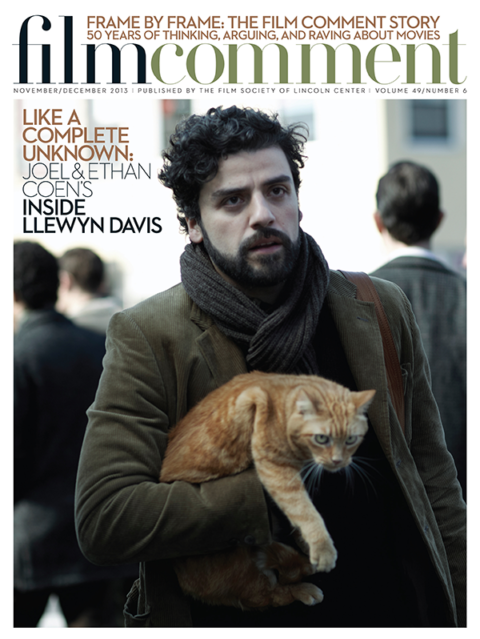
Let’s begin with that sound you hear—or rather don’t. Although it’s been more than 30 years since Alien popularized the scientific fact that, in space, no one can hear you scream (or do anything else for that matter), in most space movies we hear quite a lot: warp-engine whooshes, photon torpedo blasts, air-lock vacuums. But not so in Alfonso Cuarón’s Gravity, which gives us silences as vast as the interplanetary canvases that fill the 3-D IMAX screen. Make no mistake: Gravity is, as everyone has said, quite unlike any movie you have seen before. But it is even more unlike any movie you have ever heard.
No, this isn’t The Artist in space, although Gravity shares its DNA with an even earlier strain of silent cinema than the one referenced by that Oscar-garlanded bauble. There are voices here (belonging to two big movie stars, Sandra Bullock and George Clooney), heard in plosive bursts over radio headsets, and there are sound effects and music—bold adagio strings, in fact, from the journeyman film composer Steven Price—all of it de-signed to take full advantage of Atmos, the latest iteration of the Dolby sound system. But even then, the movie’s fundamental disposition remains subjective: you hear—or feel, in great, thunderous eruptions—things as Bullock’s novice astronaut does, inside her spacesuit, cast adrift by a sudden storm of debris, floating through the universe. You are there.

If space was the final frontier to be conquered by science, it was one of the first to be staked out by filmmakers. As early as 1902, the “cinemagician” Georges Méliès (subject of Martin Scorsese’s Hugo) took audiences into space with A Trip to the Moon, and we’ve been back many times since. There has even been an IMAX documentary filmed in orbit, Space Station 3D, with the voice of Tom Cruise as our guide. But it’s Méliès who comes to mind during Gravity’s bravura opening shot, in which the earth bisects one corner of the giant frame and the miniature human figures orbiting it gradually come into closer perspective, Cuarón’s camera mimicking their weightless, disorienting bobs and weaves. That shot is 17 minutes long—four minutes longer than it took Méliès to get to the moon and back—but like that French pioneer of a century ago, Cuarón’s illusions were all created on a stage, in London instead of Paris, employing the modern equivalents of smoke, mirrors, and matte paintings, but drawing on the same ability to pre-visualize what everything was going to look like when the last brushstroke was put into place.
The movies have not lacked for awesome spectacles in recent years—so much so that, at the time of his stripped-down Dogville, Lars von Trier expressed the concern that cinema had strayed too far from its artisanal roots, when the majesty of a David Lean vista that might take days or even weeks of photographic and meteorological calculations instead can be created with a CGI paintbox. Yet if it’s easier than ever to make “dazzling” images, it may be harder than ever to hold an audience spellbound by pure sensation. And time and again, this is exactly what Gravity does. It spirits us away from all our devices and distractions to the shared dream of the flickering light, and the hushed awe we felt upon first seeing a blown-out match transform into the sun over Arabian sand dunes, or an airborne prehistoric bone into a 21st-century satellite. There are those who have read Cuarón’s film as Christian allegory, but the religion under discussion is clearly that of cinema itself, culminating in an almost primordial image that suggests rebirth after a long journey through darkness.








